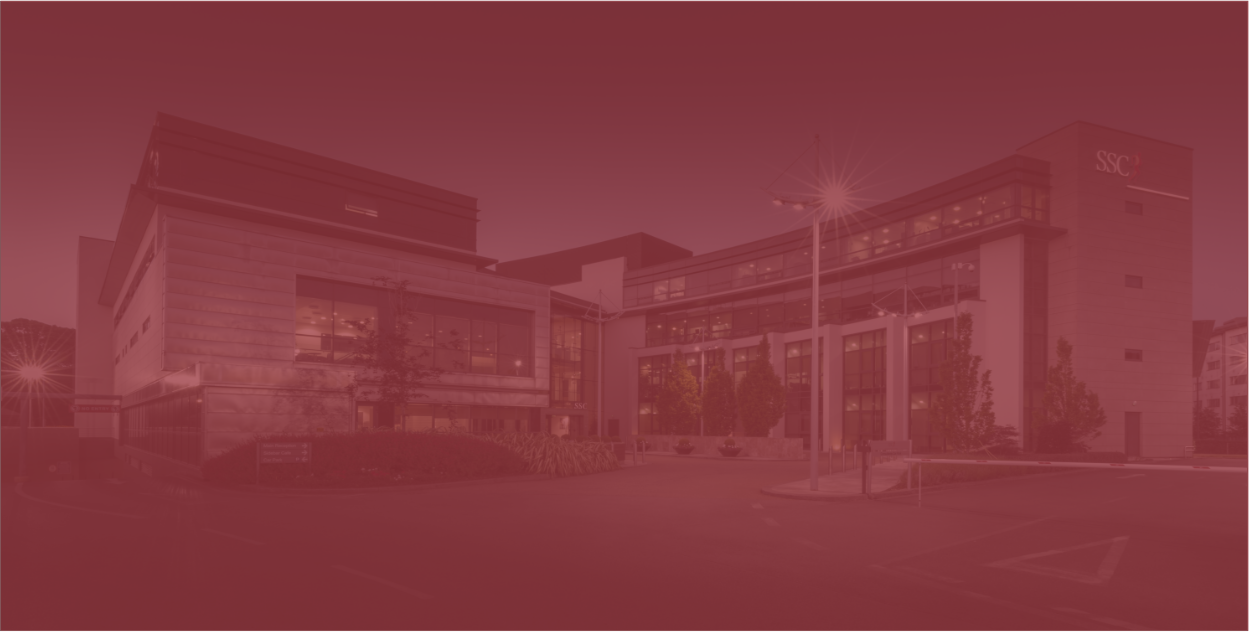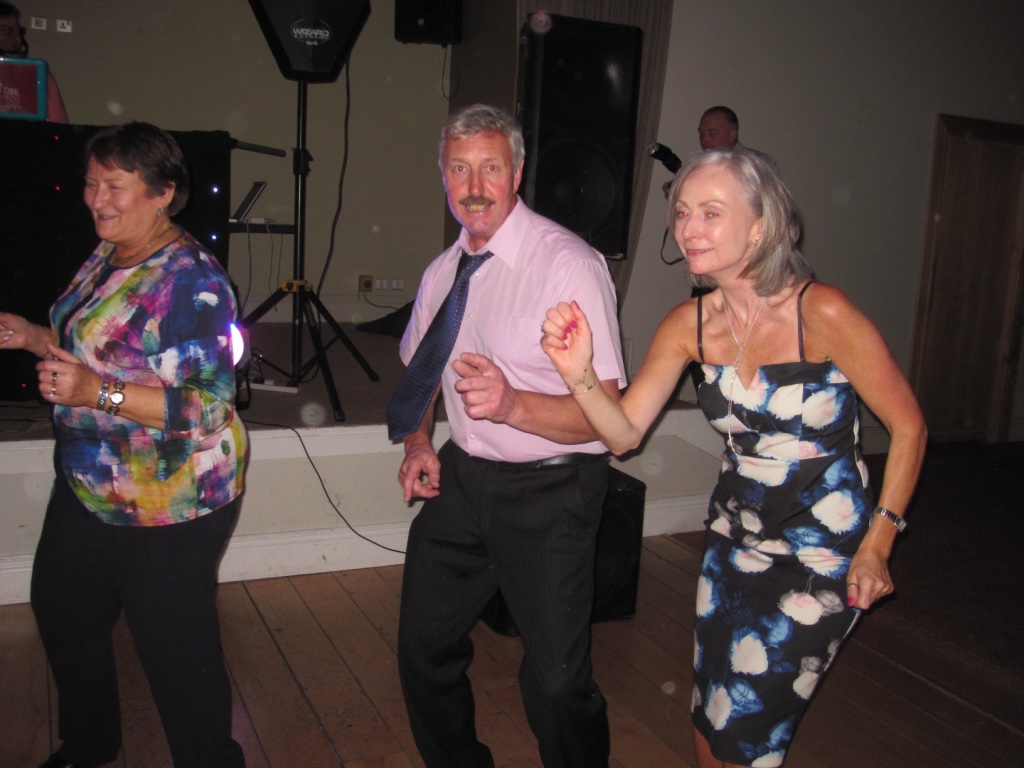This early research shows that due to variations in some of the genes that code for proteins that make up soft tissues such as the ligaments some athletes could be more prone to ACL injuries than others.
Professor Schwellnus has also identified a number of extrinsic and intrinsic factors cause ACL injuries.
Extrinsic factors linked to cruciate ligament injuries are based on the type of sport with movement, landing and alteration of the moment key focal points.
The level of exposure, the surface, often altered by weather conditions and indeed footwear can all have a role to play in ACL injuries.
So too do laws and changes in rules and while these have yet to be fully researched, this is an area that is going to get more attention.
Intrinsic factors are those relating to the genetic makeup of the athlete.
Female athletes participating in the same sports as male athletes tend to suffer a higher level of ACL injuries.
Having a wider pelvis in a female and slightly knocked knee configuration to the lower limb would be attributes that could lead to ACL injuries.
Body mass index, age and anatomy of the bones could also be differentials on a general level for both men and women to determine those that suffer injury and those that don’t.
Dynamic risk factors such as landing, cutting and changing direction, where the knee bends in, the foot rotates and hip stability is lost are other very high-risk intrinsic factors.
Martin Schwellnus, Professor of Sports Medicine and Exercise Science, University of Cape Town was speaking at the ACL return to play conference in Melbourne.










